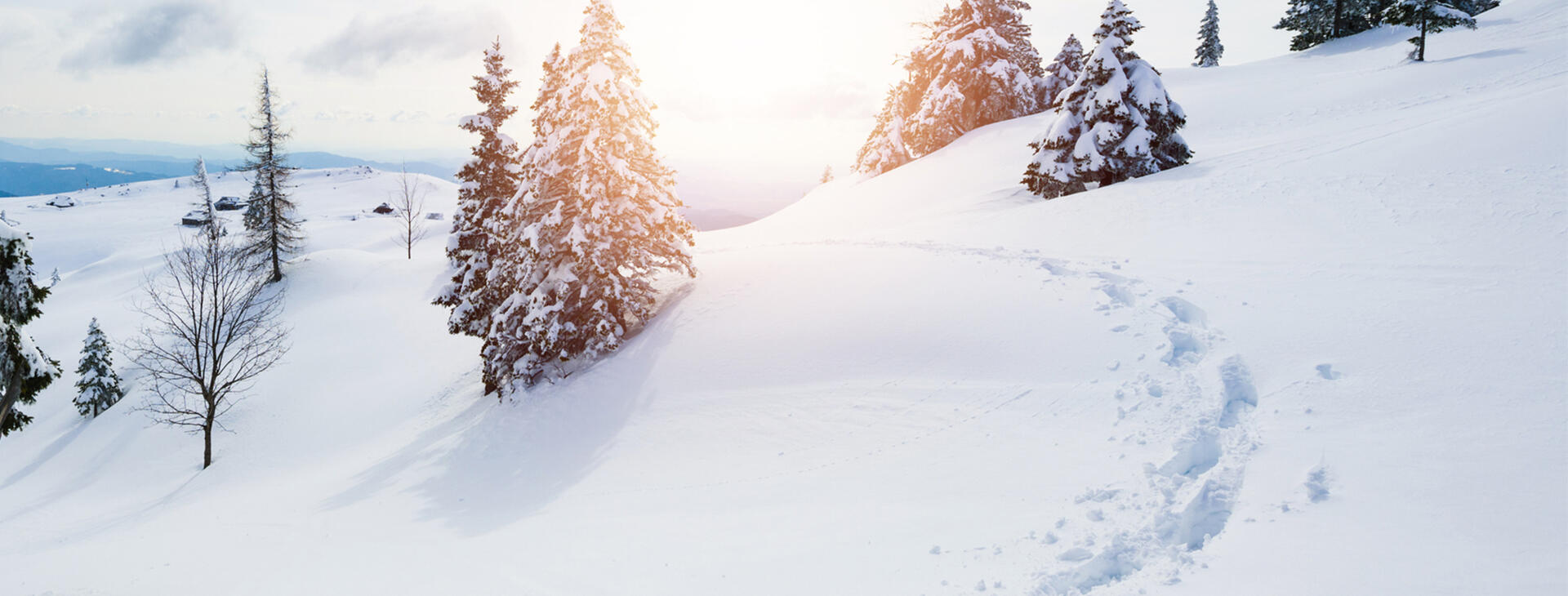INNOVATION & ECO-FRIENDLY Best Microspikes for Hiking & Differences Compared to Snow Crampons

Best Microspikes for Hiking & Differences Compared to Snow Crampons
Hiking in snowy or icy conditions can be exhilarating, but it also presents unique challenges. To navigate safely through winter landscapes, hikers often rely on traction devices like microspikes and snow crampons. In this guide, ICEQUER will explore the best microspikes for hiking and compare them to snow crampons to help you make an informed decision for your next cold-weather adventure.
What are Microspikes: Definition, Pros and Cons
Microspikes, also known as spiked traction devices, are lightweight and compact aids designed to provide exceptional grip on slippery, icy, or compact snow surfaces. These devices are characterized by their flexible rubber harness, which features metal spikes or studs attached to the sole.
Advantages:
- Ease of Use: Microspikes are lauded for their user-friendly design, which allows for easy attachment and removal. This simplicity makes them accessible to a wide range of outdoor enthusiasts, from novice hikers to seasoned adventurers.
- Flexibility: Whether trekking along moderate trails or navigating challenging winter conditions, microspikes offer reliable traction without the cumbersome nature of traditional crampons.
- Lightweight Construction: This feature enhances comfort during extended use and facilitates agile movement on the trail.
- Compact Size: Microspikes are compact, allowing for easy storage and transport when not in use. Their design also makes them convenient to carry in a backpack or pocket, ensuring they're readily available when needed.
- Enhanced Stability: Their metal spikes or studs penetrate the surface, providing reliable traction and grip with each step.
Disadvantages:
- Limited Application: While microspikes excel on moderate to challenging winter trails, they may not be suitable for extreme mountaineering or ice-climbing endeavors. In such scenarios, specialized traction devices like snow crampons may be more appropriate.
- Durability Concerns: Some microspikes may exhibit durability issues over time, particularly with frequent use in harsh winter conditions. Users should inspect their microspikes regularly for signs of wear and tear, such as damaged spikes or worn-out harnesses.
- Price Point: Quality microspikes can be more expensive than entry-level traction devices. However, investing in a reputable brand and durable construction can provide long-term value and performance.
In summary, microspikes offer a compelling combination of ease of use, flexibility, lightweight construction, compact size, and enhanced stability. While they may have limitations in extreme conditions and durability concerns, their benefits make them a popular choice among outdoor enthusiasts seeking reliable traction on winter trails.
Differences Between Microspikes and Snow Crampons
While both microspikes and snow crampons serve the common purpose of providing traction on snow and ice, they are designed for different activities and terrains, each offering unique advantages. Snow crampons are heavier and more specialized traction devices primarily intended for technical mountaineering, ice climbing, and extreme winter conditions. Unlike microspikes, snow crampons feature longer, sharper spikes or points that penetrate deeper into hard-packed snow and ice. They provide maximum traction and stability on steep, icy slopes and glacier travel.
Microspikes and snow crampons are both traction devices used for walking or hiking on icy or snowy terrain, but they have some differences:
Design:
- Microspikes typically have small, spike-like metal or rubber teeth attached to a flexible rubber or elastomer harness that stretches over the footwear.
- Snow crampons, on the other hand, feature larger metal spikes or teeth that are attached to a rigid frame or plate, usually made of steel or aluminum. They often cover a larger surface area of the sole of the boot.
Flexibility:
- Microspikes are more flexible and allow for greater freedom of movement, making them suitable for hiking or walking on mixed terrain with occasional icy patches.
- Snow crampons are less flexible and provide more stability and traction, making them ideal for technical ice climbing or traversing steep, icy slopes.
Traction:
- Microspikes provide moderate traction on icy surfaces, but they may not be as effective on very steep or icy terrain.
- Snow crampons offer superior traction on steep, icy, or technical terrain, thanks to their larger and more aggressive spikes or teeth.
Weight:
- Microspikes are lightweight and compact. They are easy to carry in a backpack or pocket when not in use.
- Snow crampons are heavier and bulkier due to their larger size and sturdier construction.
To sum up, microspikes are great for everyday winter activities on moderate terrain. However, snow crampons are specialized tools designed specifically for technical mountaineering and ice climbing in extreme conditions. You can't really compare crampons and microspikes as they serve different purposes. Knowing the differences between these traction devices can help outdoor enthusiasts select the right equipment for their specific needs and adventures.
Choosing the Best Microspikes for Hiking: ICEQUER’s Collection
When selecting microspikes for hiking, several factors should be considered:
Traction:
Look for microspikes with aggressive, multidirectional spikes for optimal grip on icy terrain.
Fit:
Ensure the microspikes fit snugly over your hiking boots or shoes without slipping or shifting during use.
Durability:
Choose durable materials like stainless steel or high-quality rubber to withstand rugged terrain and frequent use.
Weight:
Choose lightweight microspikes that won't add unnecessary bulk to your pack but still provide reliable traction.
◆ ICEQUER’s Collection
We would like to recommend ICEQUER's products, which include:
Prevent slips and falls on icy surfaces with our anti-slip snow cleats. Our special non-slip snow grabbers provide excellent traction, reducing the risk of falling while walking on slippery surfaces. Don't let winter weather slow you down. Get our products today and walk with confidence on slick surfaces!
The JH-252 ice cleats are compact and lightweight, making them easy to carry around. Additionally, they have a reflective sticker on the rear, which enhances visibility and safety in low-light conditions.
Slips and falls on icy surfaces can be a major concern during winter. However, you can reduce the risk by equipping yourself with JH-227 anti-slip snow cleats. These cleats feature special non-slip studs that provide excellent traction on slick surfaces. They are made of TPE, a material that provides reliable anti-slip function. You can easily fit them over your footwear, as different sizes are available to ensure a comfortable fit.
Looking For a Microspike and Snow Crampon Manufacturer?
When it comes to choosing between microspikes and snow crampons for hiking, consider the terrain, difficulty level, and your hiking goals. For most winter hiking adventures, lightweight and compact microspikes are sufficient to provide the traction you need without weighing you down. However, if you plan to tackle more technical routes or encounter steep, icy slopes, investing in a pair of snow crampons may be worth considering. To sum up, the best choice depends on your individual preferences and the specific demands of your hike.
ICEQUER is a professional manufacturer of microspikes and snow crampons. Please don't hesitate to reach out to us if you need any further details or technical support. We are always happy to assist you.

GET INTOUCH

